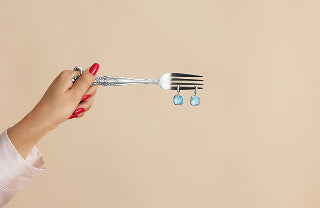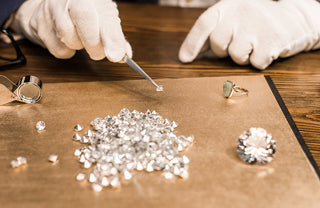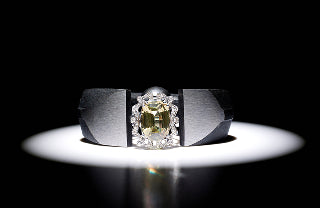
GLOSSARY OF DIAMOND TERMINOLOGY
Share

 Some of the most important basic diamond terminology that is crucial in undestanding what makes a diamond perfect or how to choose a diamond accroding to its specific characteritics.
Some of the most important basic diamond terminology that is crucial in undestanding what makes a diamond perfect or how to choose a diamond accroding to its specific characteritics.
Unele dintre cele mai importante noțiuni de bază privind terminologia diamantelor, care sunt esențiale pentru a înțelege ce face un diamant perfect sau cum să alegeți un diamant în funcție de caracteristicile sale specifice.
Anatomy of a Diamond / Anatomia unui Diamant
Table, Crown, Girdle, Pavilion and Culet / Tabla, Coroana, Rondist, Pavilion si Calet
The table is the large facet in the center of the crown of a polished diamond. On a round brilliant-cut diamond, the table is octagonal in shape.
The crown of a diamond is the part of a diamond above the girdle plane.
A diamond’s girdle is the narrow band that circumscribes the edge of the plane, intersecting the crown and pavilion of the diamond.
Th pavilion is the portion of the diamond below the girdle including the culet.
The culet is the small facet on the point of the pavilion on some diamonds. The normal facets for a round brilliant cut diamond is 57 facets.
Tabla este fațeta cea mai mare din centrul coroanei unui diamant șlefuit. La un diamant rotund cu tăietură briliant, tabla are o formă octogonală.
Coroana unui diamant este partea unui diamant situată deasupra rondistului.
Rondistul unui diamant este banda îngustă care circumscrie marginea planului, intersectând coroana și pavilionul diamantului.
Pavilionul este porțiunea diamantului aflată sub centură, inclusiv culetul.
Culetul este mica fațetă din vârful pavilionului la unele diamante. Fațetele normale pentru un diamant rotund cu tăietură briliant sunt 57 de fațete.
Un diamant rotund cu taietura briliant are 33 de fatete pe coroana care include :
-
1 tabla;
-
8 fatete stea;
-
8 fatete zmeu;
-
16 fatete superioare rondistului.
Brilliance
Brilliance refferes to the intensity of internal and external refractions of white light returned to the eye through the crown of a diamond.
Proportions, polish, simmetry, clarity and overall workmaship all affect a diamonds brilliance.
Carat
A carat(not to be confused with karat, which refers tot the quality of gold) is the standard unit of weight, not size, used for gemstones. The word carat comes from the carob three, whose seed was used as the standard for weighing precious stones. One carat is equal to 0.2 grams. Carat is often abbreviated as ct.
Carat alone does not determine a diamond‘s value. Two diamonds of equal weight cand vary widely in price because of differences in quality. In fact a smaller diamond may actually be more beautiful than a larger diamond with inferior cut, clarity, color, or brilliance.
Clarity
Clarity is a term used to describe the relative presence or absence of inclusions and blemished in a gemstone.A diamond‘s clarity grade has a direct effect on a diamond‘s beauty and price.
Almost all diamonds have imperfections, called inclusions and blemished. A diamond is said to be flawless if no external imprefections or internal flaws are visible under 10x magnification. A truly flawless diamond is extremely rare and prices accordingly.
Color
Color refers to the bacis hue(overall body color) of a diamond when brilliance and dispersion is ignored. The saturation of the color isjudged against a predetermined scale.
The color of a diamond is determined by comparing it to authenticated master diamonds(master stones). Each diamond is the color graded to a precise scale, from D(colorless) to Z(saturated).
Cut
Cut refers to the polish and symmetry of the facet proportions on the surface of a diamond. More than any other factor, the precision of a diamond‘s facets determines the diamond’s beauty.
A cut grade is and overall description of the light-reflecting properties of a diamonds. It is determined by a diamond‘s face-up appearance, design and craftmanship. A cut grade from The Gia is available only for round diamonds. The Gia does not issue a cut grade for fancy-shape diamonds.A diamond may receive one of the five cut grades: excellent, very good, good, fair and poor.









